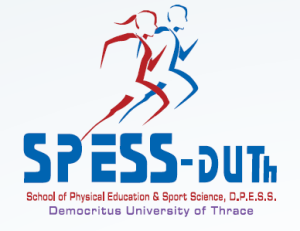Ingrid Ružbarská
International School of Management
Abstract
In order to identify the substance of a complex of motor abilities not only the information on specific elements is important but also on mutual relations between them and their structure. The aim of this study was to analyse and compare differences in the hierarchy of motor and physical indicators in primary school girls and boys. A group of 195 girls and 175 boys aged 7 years were subjected to 16 motor tests measuring condition and coordination abilities. Cluster analysis was applied to find out a hierarchical system of respective motor and somatic indicators. In the examined groups of girls and boys, strength, speed and endurance indicators are characterized by significant differences. On the other hand, indicators of coordination abilities show considerable identity in both groups. Girls differ from boys significantly in higher level of abilities to connect, adapt and rearrange movements. The level of body mass, height and sum of 5 skinfolds was similar in both groups. The hierarchy of somatic and motor variables slightly gender-dependent as early as the primary school age. Physical development affects condition as well as coordination performance independently on sex. On the basis of implemented research objective is possible to verify the position of coordination and condition abilities in the common motor area to the acceptable extent. This knowledge creates the base for the determination of more efficient diagnostic methods and retrospectively for development of individual motor abilities.
Keywords:
words: cluster analysis, motor abilities, primary school age
Download (pdf, 285kb)






